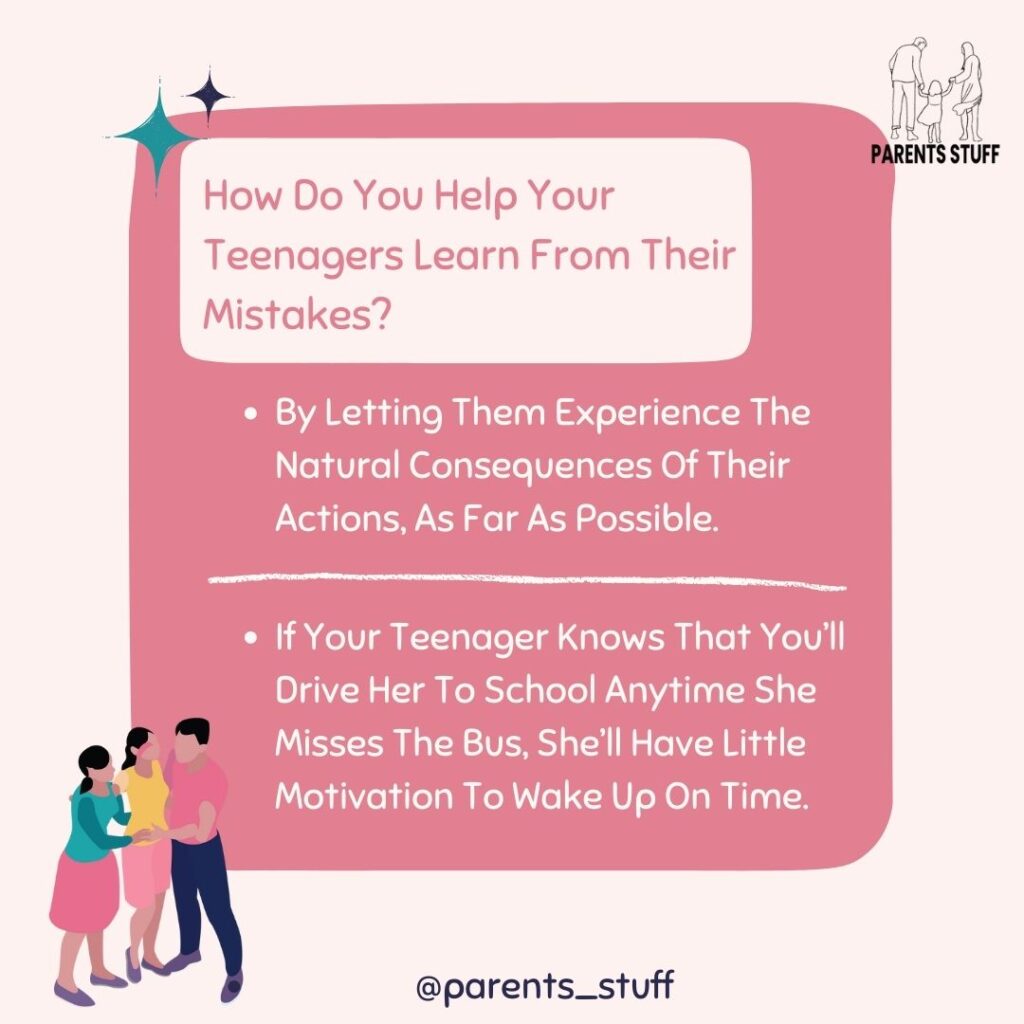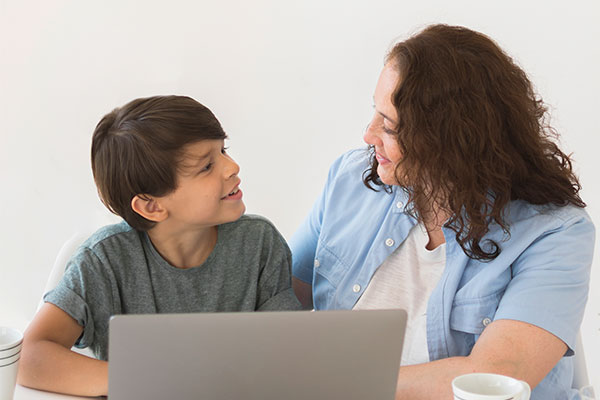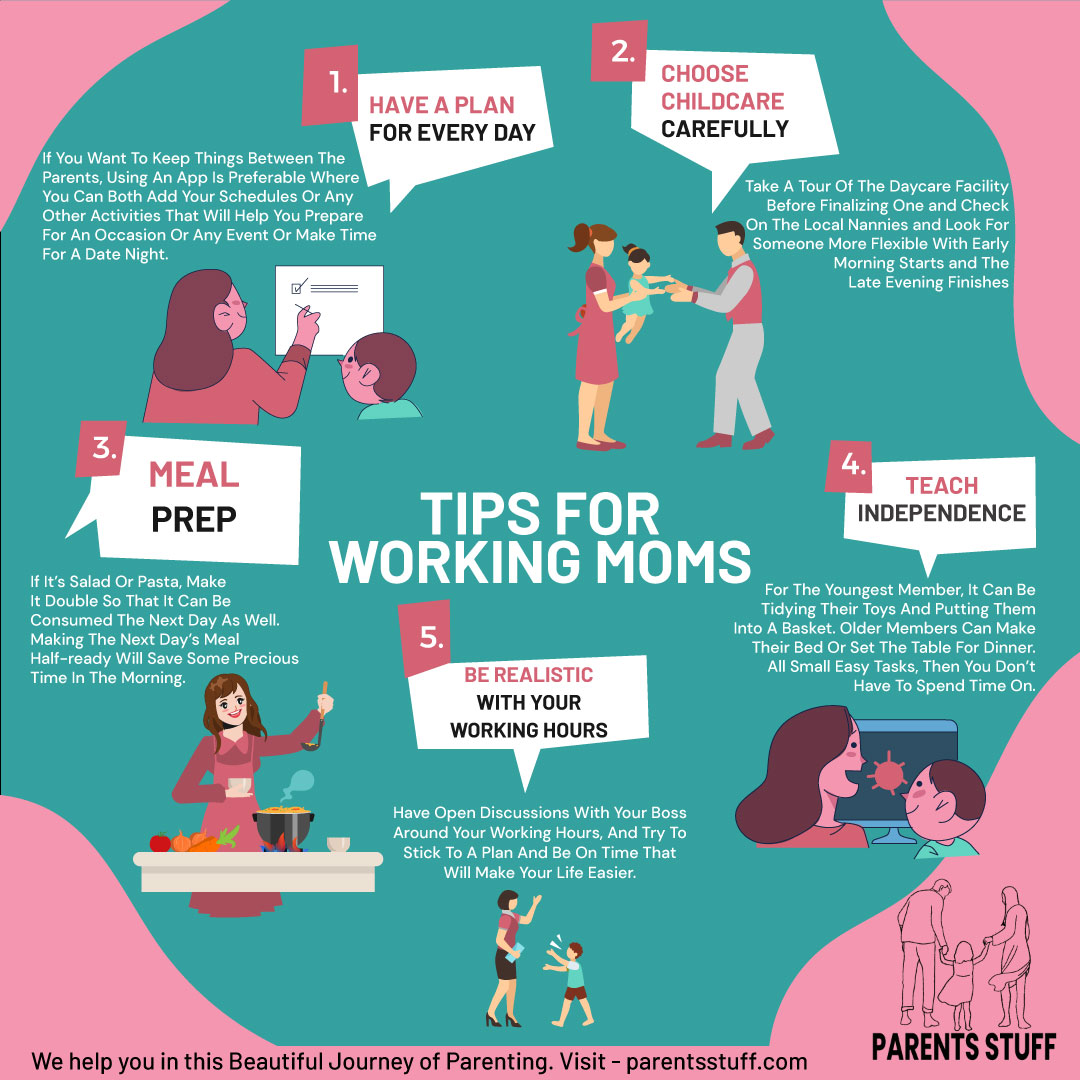By understanding how to balance freedom and discipline for kids, parents can provide a supportive framework that encourages autonomy, critical thinking, and responsibility. Finding the delicate balance between freedom and discipline is a crucial aspect of raising children. It involves finding the right harmony in allowing children the independence to explore and develop their individuality, while also establishing boundaries and structure to guide their behavior and ensure their well-being.
Achieving this delicate balance is crucial in fostering their growth, teaching responsibility, and nurturing their ability to make sound decisions. In this guide, we will explore effective strategies and practical tips on how to balance freedom and discipline for kids, empowering them to thrive while instilling valuable life skills.
Balancing freedom and discipline for kids is an essential aspect of their upbringing. It involves finding the right equilibrium between allowing them the space to explore their interests and develop their independence, while also providing structure and guidance to ensure their well-being and development.
By combining freedom with appropriate boundaries and discipline, parents can create an environment where children feel empowered, supported, and motivated to become responsible and self-reliant individuals.
“We are apt to forget that children watch examples better than they listen to preaching.”
On one hand, children need the freedom to explore their interests, learn from their mistakes, and develop independence. On the other hand, discipline provides the structure and guidance necessary to ensure their safety, instill values, and foster responsible behavior.

A balanced approach aims to empower children while instilling a sense of accountability and respect for boundaries. By striking this balance, parents create an environment where children can thrive, grow, and develop the necessary skills to navigate the challenges of life.
Discovering the Key to Balancing Freedom and Discipline in Kids
- Set Clear Expectations and Boundaries:

Setting clear expectations and boundaries is essential in balancing freedom and discipline for kids. Communicate your expectations regarding behavior, responsibilities, and values, ensuring your child understands the boundaries they need to respect. Consistency is key to establishing these boundaries, as it helps children understand the limits and consequences associated with their actions.
2. Foster Open Communication:

Encouraging open communication with your child creates a supportive environment where they feel comfortable expressing their thoughts, feelings, and concerns. Actively listen to them without judgment, validate their perspectives, and engage in meaningful conversations. By understanding their point of view, you can address any conflicts that arise with empathy and find mutually acceptable solutions.
3. Encourage Age-Appropriate Decision-Making:

Allowing children to make age-appropriate decisions nurtures their sense of autonomy and responsibility. Offer choices within limits, such as selecting their outfits, deciding on extracurricular activities, or planning their study schedule. This empowers them to take ownership of their decisions and learn from the consequences, fostering their ability to make thoughtful choices in the future.
Visit: places to travel with kids in India
4. Implement Consistent Consequences:

Discipline involves implementing consistent consequences when boundaries are crossed or rules are broken. The consequences should be fair, appropriate, and related to the child’s actions. This helps children understand the impact of their choices and gradually develop self-discipline. However, it’s crucial to provide explanations and guidance alongside consequences, helping children understand why their behavior was inappropriate and how to make better choices in the future.

5. Promote Independence through Age-Appropriate Tasks:

Encourage independence in your child by assigning age-appropriate tasks and responsibilities. This could include chores, personal hygiene routines, or decision-making within reasonable limits. Allowing them to take ownership of certain aspects of their lives fosters independence and self-confidence, while still providing a sense of structure and responsibility.
Visit: personal hygiene tips for kids
6. Balance Structure with Flexibility:

While rules and structure are important, it’s essential to balance them with flexibility. Recognize that there may be instances where relaxing certain rules can promote creativity, exploration, and growth. Use your discretion to determine when to provide more freedom within a safe and controlled environment.
7. Lead by Example:

Children learn by observing and imitating their parents or caregivers. Therefore, it’s vital to model the behavior and values you want your child to embody. Exhibit self-discipline, respect boundaries, and demonstrate responsible decision-making. By being a positive role model, you provide a foundation for your child to navigate the balance between freedom and discipline in their own life.
Visit: how to handle arrogant child
Conclusion
Balancing freedom and discipline for kids is a dynamic process that requires thoughtful consideration and adaptation. It is important to remember that providing this kind of support is a process, and it will look different for each family. By setting clear boundaries, encouraging open communication, promoting age-appropriate decision-making, implementing consistent consequences, and fostering independence, parents can create an environment that nurtures autonomy and responsibility in their children.
Remember, maintaining this delicate balance is an ongoing effort that evolves as your child grows and develops. By empowering them with the right balance, you are equipping them with valuable skills that will serve them well throughout their lives. By comprehending how to balance freedom and discipline, parents can create an environment that allows children to take responsibility for their actions while still providing guidance and support.

